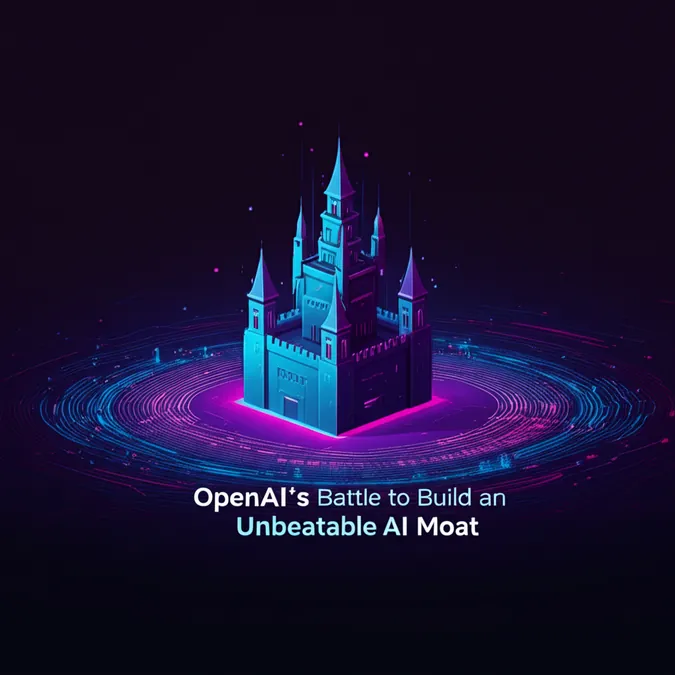Developer Offer
Try ImaginePro API with 50 Free Credits
Build and ship AI-powered visuals with Midjourney, Flux, and more — free credits refresh every month.
Why OpenAI Misunderstands Its ChatGPT User Base
Following the release of its new AI model, OpenAI seems to have learned a surprising lesson: it is significantly out of touch with its customers. The company's decision to update its platform revealed a deep-seated disconnect between its development strategy and the actual user experience.
A Surprising User Backlash
The most telling sign of this disconnect was the intense reaction from users to the deprecation of the GPT-4o model. When OpenAI made it so paying customers could no longer choose the popular and uniquely sycophantic GPT-4o, many of its most dedicated "power users" were furious. The outcry from those who had grown attached to the model was so strong that OpenAI ultimately reversed its decision, reinstating GPT-4o for subscribers. This incident made it clear that OpenAI had been blindsided by how passionately users felt about ChatGPT's distinct personalities.
Leadership Admits Confusion
In a recent podcast interview with The Verge, OpenAI's head of ChatGPT, Nick Turley, essentially confirmed this surprise. He noted that the polarized Reddit comments from users who loved GPT-4o versus those who preferred the new model were a wake-up call. "The level of passion that people have for their choice is quite remarkable. And it recalibrated me a bit," Turley said.
He even admitted to being baffled by user behavior early on, during the chatbot's meteoric rise in late 2022. "The first hire I made after ChatGPT was a data scientist, because I was so confused," Turley shared. "I would be talking to every user and they would tell me a different story as to why they were loving ChatGPT, and it was just deeply confusing to me." This is a striking admission from the executive who has led the product to become the fifth-most visited website in the world with over 700 million weekly users.
An Oversimplified View of AI Usage
Over time, Turley explained that he figured out the "Cliff's Notes" version of why people use ChatGPT: writing, coding, casual chat, and informational searches. While these categories are broadly accurate, they fail to capture the deeper, more nuanced reasons behind user engagement. This simplification is like saying people use social media just for fun; it misses the complex social and emotional drivers.
Turley's focus on product improvements like behavior, capabilities, and personality shows he understands the basic components, but his comments suggest he has not yet grasped what is happening beneath the surface and why these elements matter so much to users.
A Glaring Knowledge Gap at the Top
Interestingly, OpenAI CEO Sam Altman seems to have a better handle on the situation. In a post on X, Altman mentioned that the company has been tracking the "attachment some people have to specific AI models" for about a year, especially as users treat the chatbot as a "sort of therapist or life coach."
Although Turley also acknowledged that OpenAI is concerned about users becoming overly reliant on AI, his recent interview implies that the leadership team is only now starting to ask why users form these deep attachments. This reveals a significant knowledge gap between the product's leader and its user base, a concerning blind spot for a company shaping the future of human-AI interaction.
More on OpenAI: OpenAI Has a Major Problem on Its Hands With GPT-5
Compare Plans & Pricing
Find the plan that matches your workload and unlock full access to ImaginePro.
| Plan | Price | Highlights |
|---|---|---|
| Standard | $8 / month |
|
| Premium | $20 / month |
|
Need custom terms? Talk to us to tailor credits, rate limits, or deployment options.
View All Pricing Details

